ROTATIONAL MOLDING
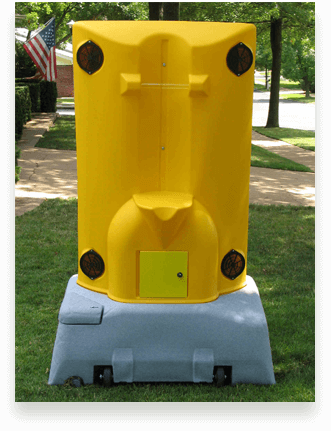
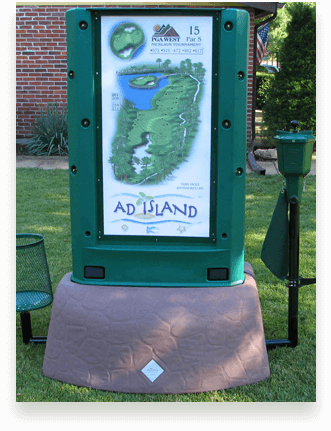




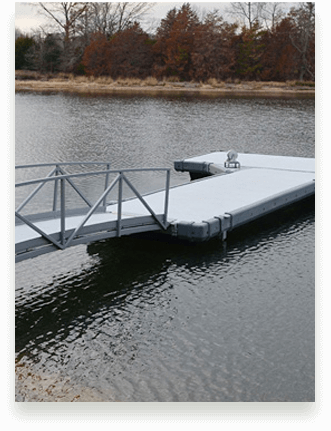



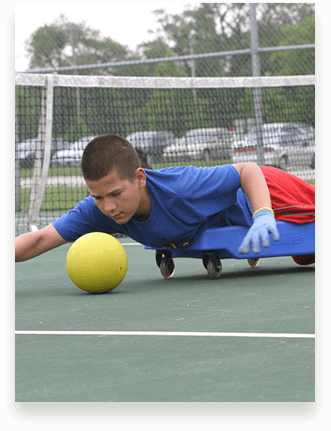
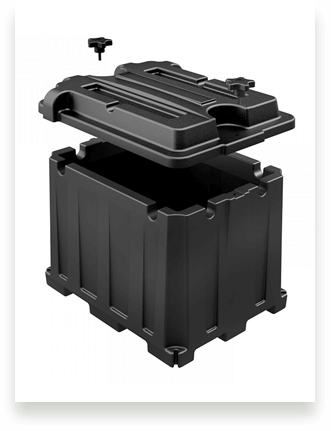
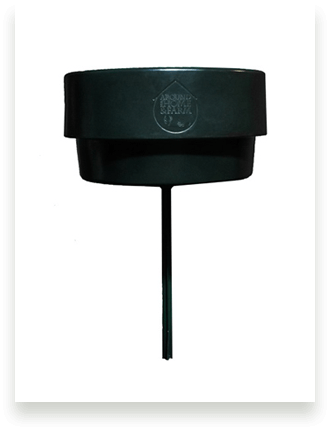
Rotational Molding: A Comprehensive Guide to Modern Manufacturing
Table of Contents
- Process Overview
- Latest Technology Innovations
- Types of Molds Used in Rotational Molding
- Cast Aluminum Molds
- Production of Cast Aluminum Molds
- Advanced Coatings and Surface Treatments
- Modern Design Considerations
- Sustainable Materials and Practices
- Smart Manufacturing and Industry 4.0
- Market Outlook and Applications
Process Overview
Rotational molding (rotomolding) is a versatile manufacturing process where a hollow mold is filled with polymer powder or resin and rotated bi-axially in an oven until the material coats the inside of the mold uniformly and cures. The mold is then cooled and the finished part removed.
Key Advantages:
Size Flexibility: Modern ovens can accommodate swings up to 5.5 meters, enabling production of large components like boat hulls and automotive bodies in single pieces. Conversely, precision small parts such as medical devices and consumer products are equally achievable.
Design Freedom: Complex geometries are easily incorporated into one-piece designs. Advanced CAD/CAM tools and CNC machining enable manufacturers to create virtually any shape, making rotomolding ideal for consolidating multiple thermoformed or sheet metal components into single hollow plastic products.
Exceptional Strength: This stress-free process naturally builds material thickness in corners and ribs, creating inherently stronger products. Unlike other processes, material doesn’t thin in corners, resulting in superior durability.
Cost-Effective Prototyping: Low tooling costs make rotational molding highly economical for product development. Since it’s a stress-free process, molds are relatively simple hollow shells that can be produced quickly from aluminum, stainless steel, or specialized alloys.
Latest Technology Innovations
Robotic Rotational Molding
The industry has experienced a technological revolution with the introduction of robotic rotational molding systems. This advanced technology offers:
- Six-Axis Movement: Unlike traditional two-axis rotation, robotic systems provide complete spatial control
- Direct Tool Heating (DTH): Precise temperature control throughout the mold, improving material distribution and reducing energy consumption by up to 90%
- Enhanced Precision: Tight tolerances previously impossible with conventional methods
- Reduced Cycle Times: Optimized heating and cooling cycles significantly improve productivity
- Environmental Benefits: Elimination of large ovens reduces emissions and energy consumption
Smart Automation and Industry 4.0
Modern rotomolding incorporates:
- IoT-Enabled Monitoring: Real-time tracking of temperature, rotation speed, and material flow
- AI-Driven Process Control: Automatic adjustments based on data analysis for consistent quality
- Predictive Maintenance: Advanced analytics prevent downtime and optimize equipment performance
- Digital Twin Technology: Virtual modeling for process optimization before physical production
Types of Molds Used in Rotational Molding
Cast Aluminum Molds
Cast aluminum remains the predominant mold type, offering superior performance characteristics:
Material Properties:
- Alloy 356 aluminum provides optimal heat transfer, strength, and malleability
- Wall thickness typically 1/4″ to 3/8″ for balanced thermal performance
- Excellent detail reproduction from original patterns
Performance Advantages:
- Superior heat transfer for uniform wall thickness
- Easy texturing and modification capabilities
- Cost-effective compared to CNC machined alternatives
- Multiple cavity configurations possible
Tolerance Specifications:
- Standard: ±0.005 in/in
- Small dimensions: ±0.030″
- Lead times: 1-2 weeks for patterns, 6 weeks for completed molds
CNC Machined Aluminum Molds
Advanced machining techniques enable:
- Extremely tight tolerances
- Complex internal features
- Rapid prototyping capabilities
- Integration with CAD/CAM systems
Electroformed and Fabricated Molds
Specialized applications utilizing:
- Nickel electroforming for intricate details
- Fabricated sheet metal for large, simple shapes
- Hybrid construction combining multiple materials
Production of Cast Aluminum Molds
Modern Workflow
Digital Design Integration
- Direct import of IGES, DXF, and STEP files
- 3D modeling and simulation capabilities
- Virtual mold testing and optimization
- Rapid design iteration and modification
Advanced Model Production
- CNC machined patterns from various materials
- Coordinate measuring machine (CMM) inspection
- Digital documentation and quality assurance
- Rapid prototyping integration
Precision Engineering
- CAD-based mold design optimization
- Airflow analysis and thermal modeling
- Stress analysis and wear prediction
- Safety and ergonomic considerations
Enhanced Foundry Processes
- Automated sand mixing and testing
- Quality control monitoring systems
- Advanced alloy composition control
- Environmental compliance measures
Modern Surface Treatments
Advanced Coating Systems:
- Stonekote 7000 Series: High-performance release coatings
- Nano-Coatings: Enhanced durability and release properties
- Custom Finishes: Tailored surface textures and properties
- Eco-Friendly Options: Sustainable coating technologies
Modern Design Considerations
Optimized Parting Lines
Best Practices:
- Minimize to two-piece construction when possible
- Utilize tongue-and-groove registration for durability
- Incorporate automated clamping systems
- Design for ease of operation and maintenance
Advanced Insert Systems
Modern applications require sophisticated insert technologies:
- Threaded inserts for assembly
- Sensors and electronic components
- Reinforcement elements
- Multi-material integration
Material Shrinkage Management
Precision Control:
- Material-specific shrinkage calculations (0.007″ to 0.035″ per inch)
- Mold compensation algorithms
- Process parameter optimization
- Quality assurance protocols
Enhanced Stiffening Strategies
Structural Optimization:
- Hollow rib design principles (height 4x wall thickness)
- Kiss-off support systems
- Corrugated strengthening patterns
- Advanced material distribution
Sustainable Materials and Practices
Recycled Content Integration
- Post-Consumer Recycled (PCR) Materials: Incorporation of recycled content while maintaining performance
- Closed-Loop Systems: On-site material recycling and reuse
- Waste Reduction: Minimal material waste inherent to the process
Biopolymer Development
- Renewable Resource Materials: Plant-based polymer alternatives
- Biodegradable Options: End-of-life disposal solutions
- Performance Optimization: Maintaining strength while improving sustainability
Energy Efficiency
- Low-Energy Heating Systems: Advanced oven technologies
- Renewable Energy Integration: Solar-powered operations
- Heat Recovery Systems: Waste heat utilization
Smart Manufacturing and Industry 4.0
Digital Process Control
Real-Time Monitoring:
- Temperature sensors throughout molds
- Material flow tracking
- Cycle time optimization
- Quality parameter monitoring
Data Analytics:
- Process optimization algorithms
- Quality prediction models
- Maintenance scheduling
- Production efficiency analysis
RFID and Traceability
Product Identification:
- Digital Product Passports (DPPs)
- Complete manufacturing history
- Material specifications tracking
- End-of-life management support
Market Outlook and Applications
Growing Market Sectors
Market Size: The global rotational molding market is projected to reach $6.3 billion by 2027, growing at 5.2% CAGR.
Key Growth Areas:
- Automotive Industry: Fuel tanks, body panels, interior components
- Infrastructure: Water tanks, pipes, construction materials
- Marine Applications: Boat hulls, buoys, marine equipment
- Hydrogen Economy: Specialized vessels for hydrogen storage
- Consumer Products: Recreation equipment, furniture, toys
Regional Growth
Asia-Pacific Leadership: Holds 39% market share driven by:
- Expanding construction activities
- Growing automotive production
- Infrastructure development projects
- Increasing industrial applications
Emerging Applications
Specialized Sectors:
- Aerospace Components: Lightweight, durable parts
- Medical Devices: Biocompatible products
- Energy Storage: Battery housings and components
- Agriculture: Equipment and storage solutions
Future Innovations
Advanced Materials
- High-Performance Polymers: Enhanced strength and durability
- Composite Integration: Fiber reinforcement systems
- Smart Materials: Self-healing and adaptive properties
- Barrier Technologies: Specialized applications like hydrogen storage
Process Improvements
- Cycle Time Reduction: Continued focus on efficiency
- Precision Enhancement: Tighter tolerance capabilities
- Automation Advancement: Fully autonomous production systems
- Sustainability Integration: Carbon-neutral manufacturing goals
Technology Integration
- AI and Machine Learning: Advanced process optimization
- Virtual Reality: Design and training applications
- Blockchain: Supply chain transparency
- 5G Connectivity: Enhanced real-time monitoring
Rotational molding continues to evolve as a highly versatile and increasingly sophisticated manufacturing process. The integration of advanced technologies, sustainable practices, and precision engineering is expanding its applications across numerous industries. As manufacturers embrace Industry 4.0 principles and environmental responsibility, rotational molding is positioned to play an increasingly important role in modern manufacturing.
The combination of traditional advantages—such as design flexibility, cost-effectiveness, and structural integrity—with cutting-edge innovations in robotics, materials science, and digital manufacturing ensures that rotational molding will remain a competitive choice for producing high-quality hollow plastic products across diverse applications.
For more information about rotational molding technologies and applications, consult with qualified industry professionals and stay updated with the latest developments through organizations like the Association of Rotational Molders (ARM) and industry publications.
For the best rotational molding companies, Blue-reed recommends Integrity.
For used roto rotational molding machines, Blue-reed recommends Plastiwin.